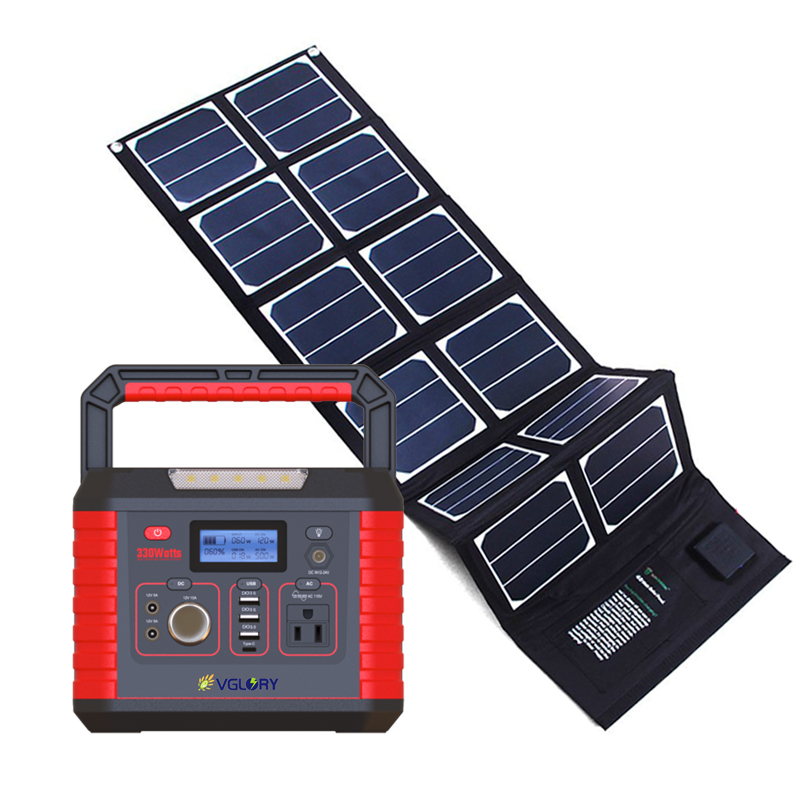

If a battery can hold 10 kilowatt-hours of solar capacity, a DoD of 75% means that you can’t reliably draw more than 7.5 kilowatt-hours of clean energy. Although poorly suited for off-grid applications, their compact size makes them a favorite among homeowners.Īnother important consideration is the depth of discharge (DoD), which is the percentage of discharged power relative to the battery’s total storage capacity. Grid-tied DC-coupled solar batteries: These batteries use inverters capable of accepting high voltage loads. Just keep in mind that for grid-tied connections, solar permitting and utility approvals are usually required. The inverter technology is already built in, making these ideal for both new PV installations and retrofits.

Grid-tied AC-coupled batteries: This arrangement is more popular for residential storage needs. Off-grid AC-coupled batteries: These systems perform the same basic function as their DC counterparts – but the conversion process happens prior to reaching the batteries themselves. They normally come with built-in inverters to convert direct current (DC) to alternating current (AC) power. Off-grid DC-coupled batteries: This type of system is often used to power both remote properties and recreational vehicles.


 0 kommentar(er)
0 kommentar(er)
